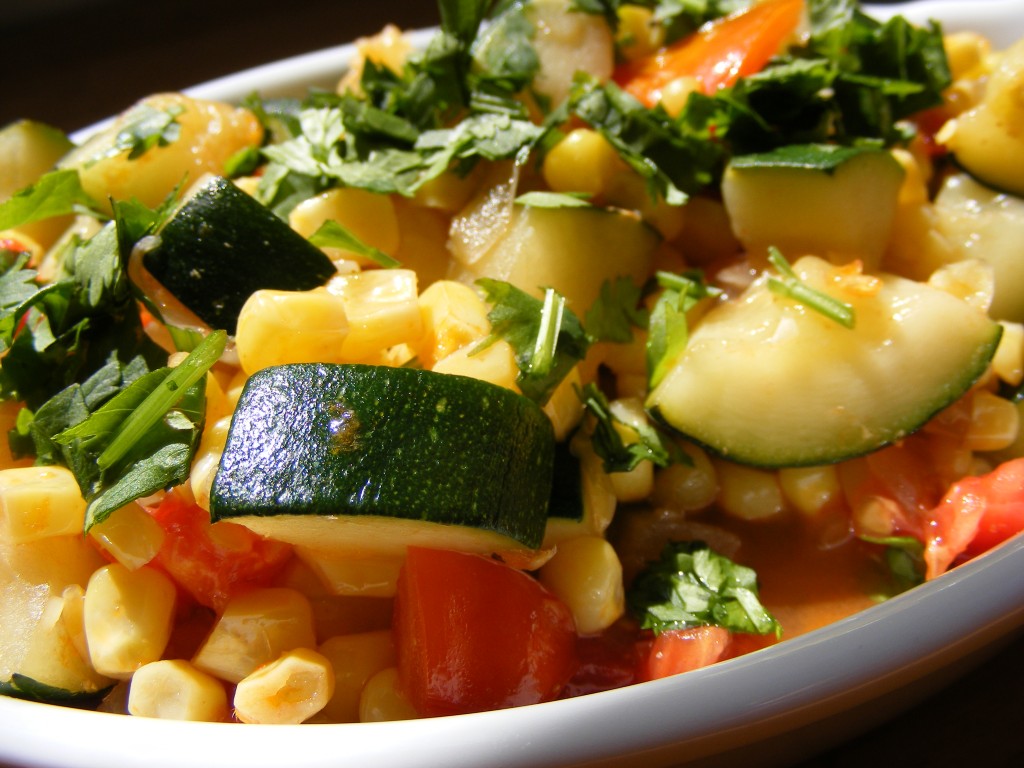Quinoa: African Peanut Quinoa Soup
Tuesday, January 26th, 2010If you haven’t tried quinoa yet, this toothsome African peanut soup will surely lure you in. It has a slew of nutritious vegetables in a creamy, peppery broth with lovely bits of crunchy quinoa. The soup makes the rotation in my comfort food repertoire several times during the cold-weather season because it is both healthy and decadent.
Although quinoa is native to the South American Andes region (read about its origins), it is now cultivated around the world – from Colorado to the Himalayas to Ethiopia and other areas of East Africa. This dish has a definite African influence – the use of nuts to thicken the stew, and staple ingredients such as sweet potatoes and okra. Frankly, it’s the peanut-based sauce that makes this dish a stand-out. If you don’t like peanuts, you won’t appreciate this dish. But, for nut fiends, you’re in for a treat.
Yes, I’m one of those people who eats spoonfuls of nut butter just because I can. So, when I came across the original recipe for this soup online at FoodDownUnder.com several years ago (the original recipe is no longer on the site), I knew I had to try it. Over the years, I’ve fine-tuned it: the recipe below is more aggressive with spices and chiles; it also has more veggies, peanut butter and quinoa; and, the consistency is that of a soup rather than a thick stew.
This recipe doubles easily and has been a hit at parties with vegetarians and meat-eaters. It’s a great way to introduce quinoa into your diet. And, if you’re already eating the “Mother Grain,” its a must-have recipe.
Tidbits on Quinoa:
- As quinoa cooks, the pearls of germ separate and form tiny spirals. The cooked grain is tender, with a slight crunchiness from the germ (see spirals in image below).
- Colorado, with its high altitude and cold climates, was crucial testing ground for introducing quinoa to the United States in the mid-70s. Don McKinley and Steve Gorad, founded the Quinoa Corporation in Boulder, Colo., and first planted quinoa seeds in their backyards and eventually in plots in the San Luis Valley. However, most quinoa sold in the United States is imported from South America.
- A quinoa plant can grow to anywhere from three feet to over ten feet tall. Plant stems can be straight or branched, and seeds can vary in color from white, yellow, gray, light brown, pink, black to red.






